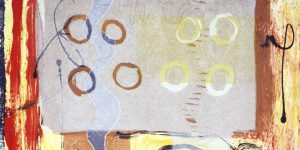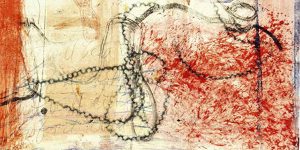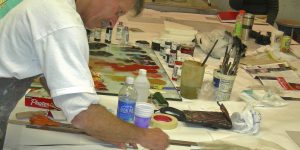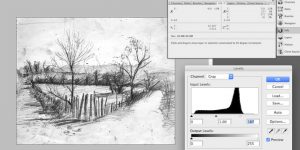Presenting through Zoom from my Galisteo Street Studio in Santa Fe, NM a series of demos are available for you to engage from your own studio. Participants can interact during each presentation and individualized “confer and critique” sessions can be scheduled in addition.
As a pre-requisite please view this orientation video to learn about Zoom and to help in arranging your own studio to best present. You may also be interested in viewing the Materials list. Zoom presentations are recorded and will be available to all participants. NOTE: ALL TIMES LISTED ARE MOUNTAIN (MT- DENVER)
Custom services are available as well.
No upcoming online programs and remote services currently scheduled
Past Online Programs
zoom videos are available for most past online programs
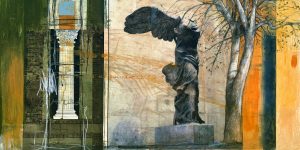
In the best of moments the creative process is largely a right-brain activity. The concept of being “in the zone” is a place where action simply happens. Oddly though this intense focus seems to vanish as soon as I notice it. In this short online webinar hosted by Eddie Soloway I will offer some ideas about how to be prepared and stay focused to move through the barriers that our left brains throw up.
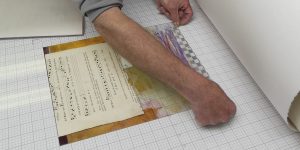
Integrating thin papers and other collage elements with monotype has the potential of raising your compositions to a new level. You will learn about the differences between chine colle’ and collage, the various adhesives, and how to approach the relationship between an ongoing monotype composition and the collage elements you have to work with.
